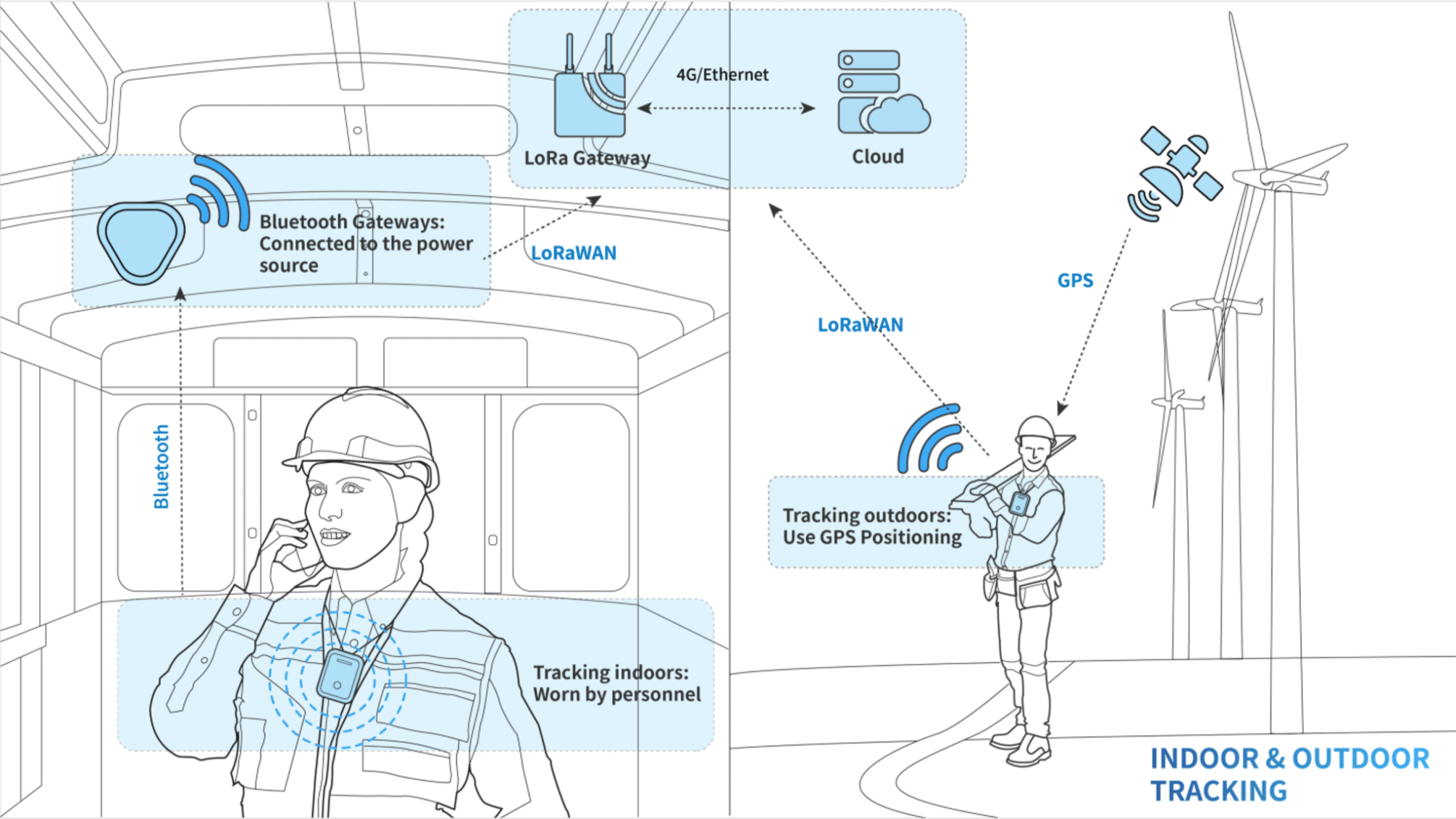To help us better understand your requirements, please try to provide the following details about your project:
- Where will the positioning solution be deployed?
(warehouse, office building, outdoor environment, etc.) - What objects do you need to track?
(equipment, personnel, vehicles, inventory, etc.) - What is the expected coverage range for the scenario?
(within a single room, across multiple floors, throughout a large campus, etc.) - What are your power consumption requirements?
(battery-operated, long battery life, frequent charging, etc.) - Are there any specific environmental factors we should consider?
(temperature, humidity, interference from other signals, etc.) - Do you have any specific integration requirements?
(integration with existing/self-developed platforms, etc.) - What is your preferred timeline for implementing the solution?
(urgent, within 1-3 months, flexible, etc.)
Follow us on:

